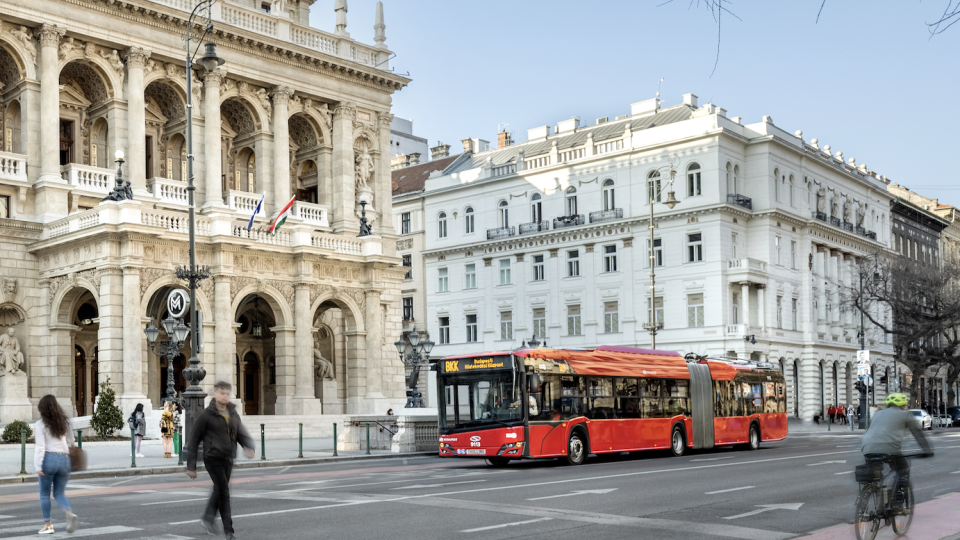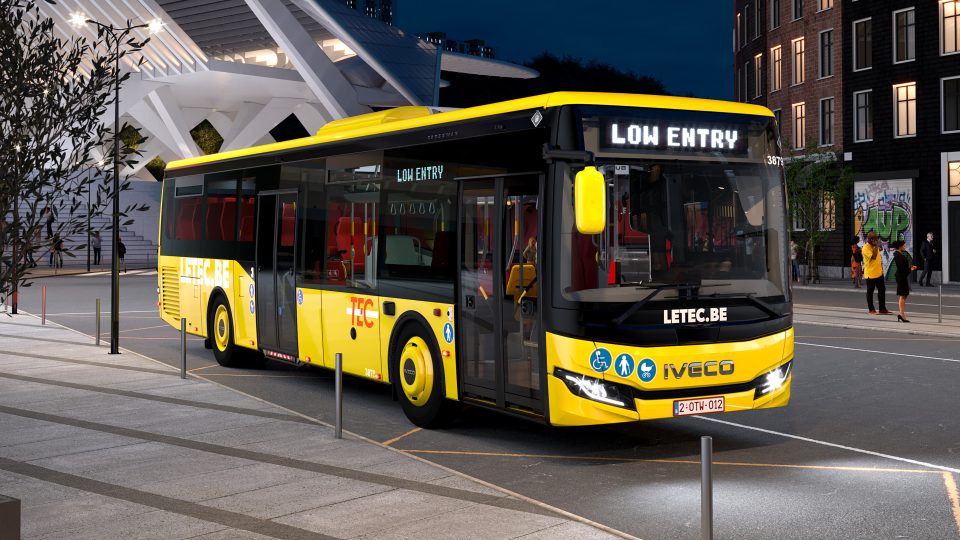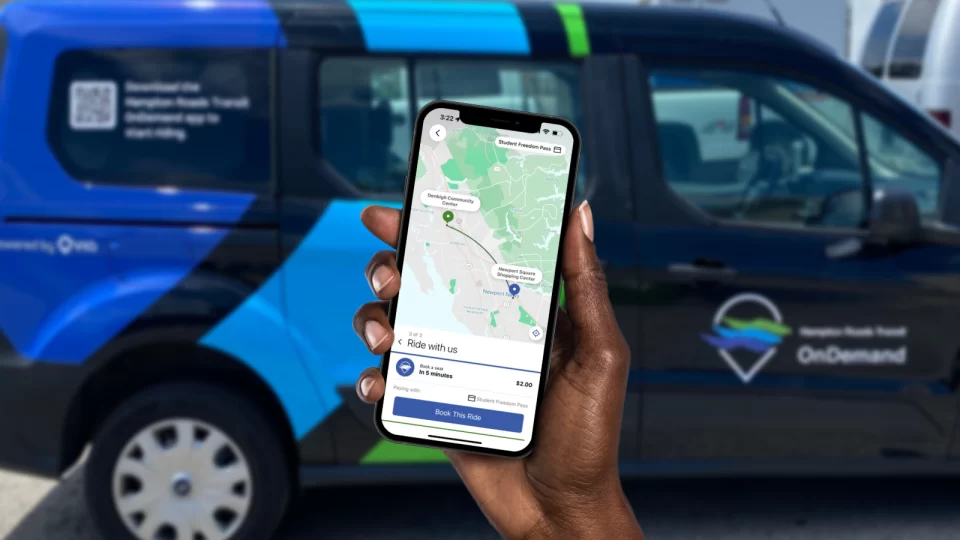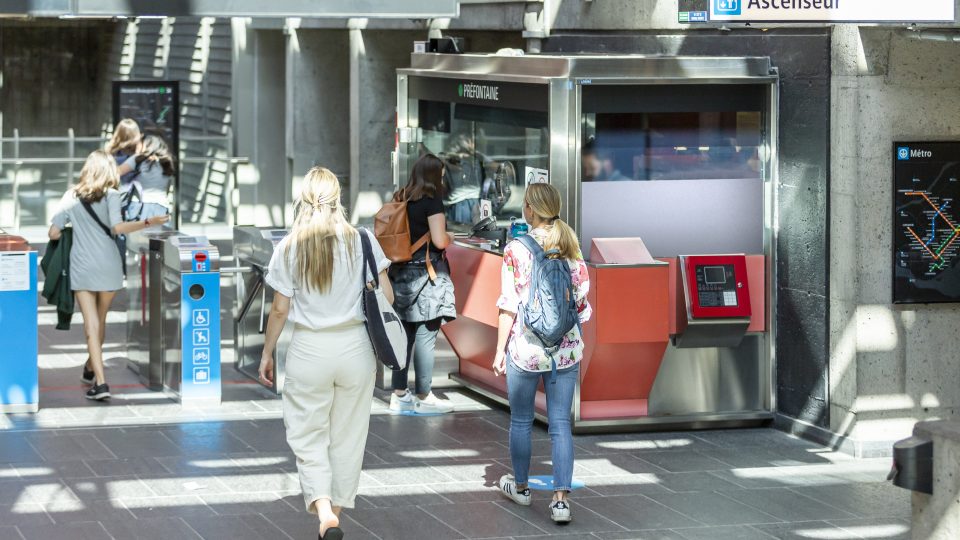Over 3,500 ZE buses on the road or on the order books in the US. CALSTART: «The coming funding will be instrumental in scaling fleets»
Zero emission bus deployment in the US has been growing 27% in 2021, up to 3,533 buses (on the road and on order). CALSTART published its annual inventory of zero-emission buses, (ZEBs) “Zeroing in on ZEBs”, providing insight on the current state of ZEBs ahead of $5.25 billion in Infrastructure Investment and Jobs Act funding […]
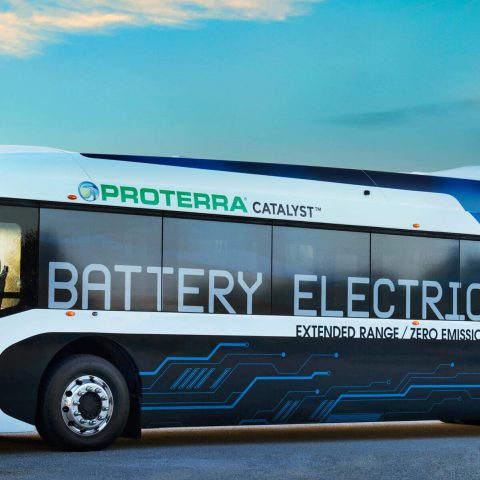
Zero emission bus deployment in the US has been growing 27% in 2021, up to 3,533 buses (on the road and on order). CALSTART published its annual inventory of zero-emission buses, (ZEBs) “Zeroing in on ZEBs”, providing insight on the current state of ZEBs ahead of $5.25 billion in Infrastructure Investment and Jobs Act funding through the Federal Transit Administration’s Low-No Program. Last year the increase registered by CASTART was of 24% on 2019.

The report notes that most ZEB fleets are small: over 70% of fleets in the United States have ten or fewer full-size ZEBs. So the coming funding will be instrumental in scaling fleets: of the 67 transit agencies that have small ZEBs, 22 only have one bus. Fifty-eight public agencies have four or fewer buses.
California continues to lead in the deployment of full-size electric bus (it means over 30 feets – 9.1 meter), with New York and Washington rounding out the leaderboard in the totals by state (New York significantly increased its orders of full-size ZEBs, from 77 in 2020 to 195 in 2021, all of which are BEBs). This year’s report also includes a breakdown of full-size and small buses, as small ZEB deployment increased by 51%.
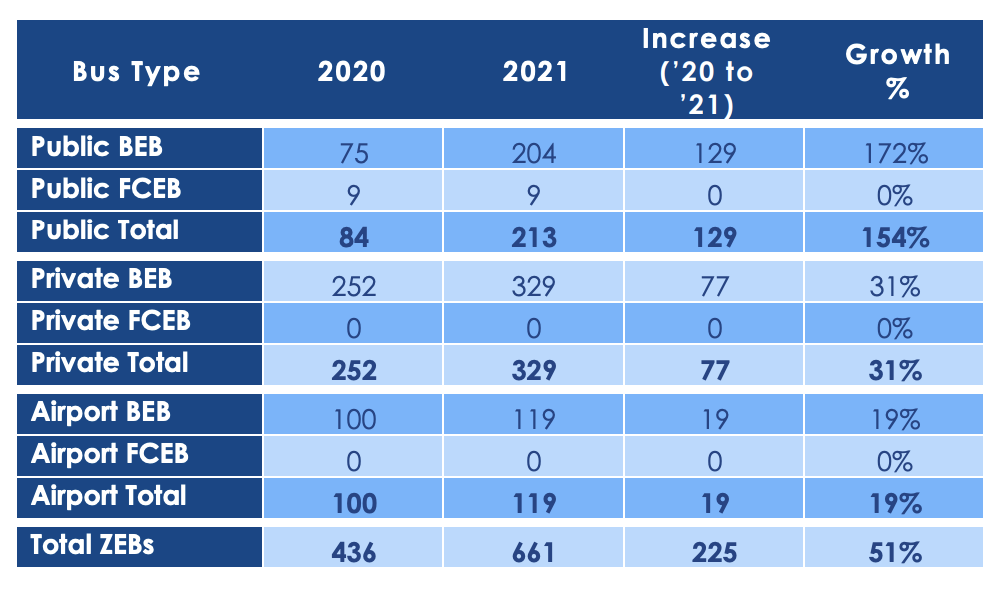
Fuel cell buses gaining interest in the US
Fuel cell electric buses (FCEBs) appear to be gaining interest, CALSTART says, «with California and Massachusetts adding to their FCEB fleets and Texas and Washington transit agencies adopting FCEBs for the first time. The 2021 total for FCEBs is 169, up from 87 in 2020. Long routes and operational needs can drive this choice as one FCEB can meet the operational needs of two battery-electric buses (BEBs). Additional factors such as infrastructure, cost, and owner/operator preference also influence the choice in technology».
Last but not least, airports have adopted 131 full-size and 119 small ZEBs. This increase represents 35% and 19% growth from 2020, respectively.
“Early adopters such as large transit agencies in California, New York, Florida, Kentucky, and Oregon continue to lead, but still are not at scale,” said Jared Schnader, director of Bus Programs at CALSTART. “Smaller transit agencies and regions that are not familiar with zero-emission technologies need additional resources and effort to begin their transition.”




